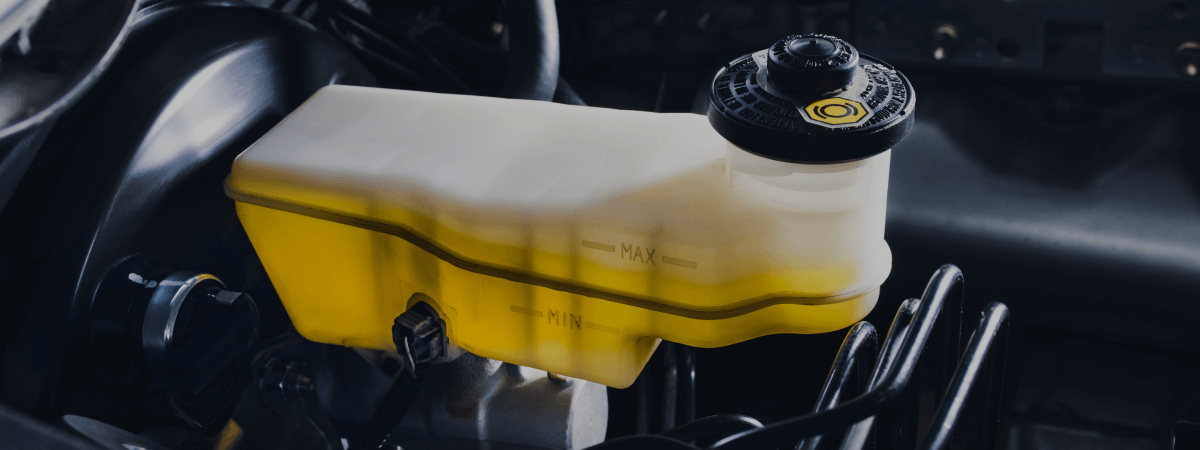
Let’s briefly outline the mathematics of average fuel consumption.
The average car holds about 14 gallons of gasoline.
The average driver is filling up their car about 50 times per year.
The average lifespan of a car is almost 12 years.
This means that the average car will consume about 8,400 gallons of gasoline throughout its lifetime which brings the grand total of the gas bill to over $25,000.
Now, to some, it may seem as though we are throwing money down the drain. We put the gasoline in the gas tank and nothing but smoke comes out the tailpipe. Our cars also seem to go through it pretty quickly. What exactly is happening behind the scenes? How does the fuel we put into our car translate to motion? Well, as your Layton auto car experts we are here to explain that. The process is much more simple when broken down into steps.
Step 1
Needless to say, once in the car, gasoline’s journey begins in the gas tank. Once the engine is initiated, fuel enters the fuel pump— the mechanism tasked with drawing fuel out of the tank. Depending on the vehicle, you may have one or more fuel pumps; perhaps even more than one fuel tank. Regardless, the process is still the same.
The pump then pushes the gasoline into the fuel lines. In most cars, these are hard metal tubes that run from the fuel tank to the engine.
Step 2
Before reaching the engine, the fuel moves through the fuel lines, passing through the fuel filter. This is a very important step in the process. The fuel filter screens out dirt and rust particles that could otherwise cause damage to the engine. Even a slight amount of debris in the engine can cause problems so it is important the fuel filter is in good condition.
If your fuel filter is starting to go bad, you will likely experience poor engine performance, hard starting, misfire, and even stalling. Manufacturers recommend changing the fuel filter at least every 15,000 to 20,000 miles to make sure things continue to run smoothly.
Step 3
At this point, the fuel has reached the engine and is ready to be converted into power. Most cars have internal combustion engines, meaning they create energy from combustion. Once gasoline is drawn into the cylinders of the engine, the fuel-air mixture is ignited by the spark plug. Due to high flammability, the mixture makes a small explosion in the cylinder of the engine that lifts a piston upwards. Then, as the gasses are drawn out, the piston returns to its place as the cycle continues. This rapid process, spanning multiple cylinders ultimately creates the force necessary to propel the car forward.
Step 4
Once the fuel is burned, there are byproducts created— some quite toxic. In an effort to move these fumes away from the driver/passenger and expel them from the vehicle altogether, they are drawn away from the engine by a component known as the exhaust manifold and then directed to the exhaust pipes. The exhaust then makes its way to the catalytic converter where precious metals react with the fumes, effectively changing them into less harmful substances. This is known as a redox reaction and helps clean the exhaust before it is introduced to the outside environment.
Step 5
The last stop for the remnants of your utilized fuel is the muffler. Located at the rear-bottom of your vehicle, the muffler is tasked with reducing noise. The process of expelling exhaust from the vehicle is incredibly noisy. The muffler remedies this issue. After passing through the muffler, the exhaust leaves your tailpipe— the once-fuel has literally disappeared into thin air.
From gas tank to tailpipe, our car’s fuel takes quite the journey. Hundreds of components all requiring careful engineering have to work together in perfect harmony to make it happen.
If You Need Expertise, We Have It
When it comes to problems with your fuel lines, filters, engine, exhaust system or any other component of your vehicle, we know how to diagnose and fix them. There are a lot of moving pieces between the bumpers and small issues can become larger if not properly addressed. If are in need of auto repair or automotive expertise, we would be happy to help you out. Come visit us at Master Muffler Layton today.
Related Posts
Key Takeaways On average, passenger vehicle tires last 40,000 to 60,000 miles, depending on type, driving habits, and maintenance. Replace tires when tread depth reaches 2/32”, if damaged, or older than 10 years. Regular rotation, alignment, and proper inflation extend tire life. Aggressive driving, poor roads, and harsh weather shorten tire lifespan. Take advantage [...]
When you think about car maintenance, you probably focus on oil changes, tire rotations, and maybe even brake pad replacement. But what about your brake fluid? If you’ve ever wondered, “What does brake fluid do?” or “Why is brake fluid important?”, you’re not alone. Brake fluid might not be the most talked-about part of [...]
Is that high-pitched squeal from your brakes driving you—and everyone else—crazy? Don’t ignore it. Squeaky brakes aren’t just annoying, they’re your car’s way of saying something needs attention. Whether you're cruising through Salt Lake City or winding up Idaho’s mountain passes, here’s what’s likely going on, how you can fix it, and when it [...]





